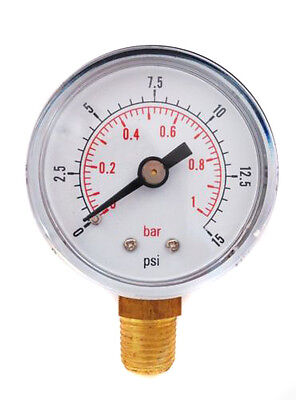The joe publics that change their own pumps will quickly learn that these pumps have the three traditional "fixed speed" settings, some, who are interested, will play around with the other settings. I suppose the vast majority of pumps are replaced by plumbers who will certainly be aware of these traditional settings and as time is money won't waste too much of their time playing around with the other settings.
Last edited:

